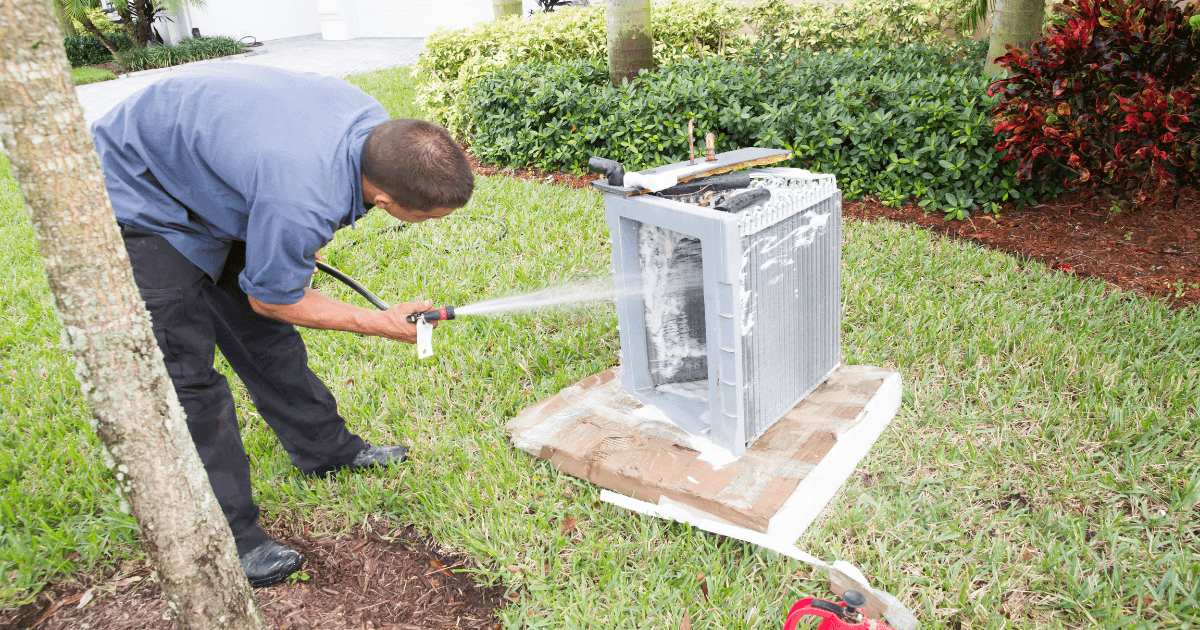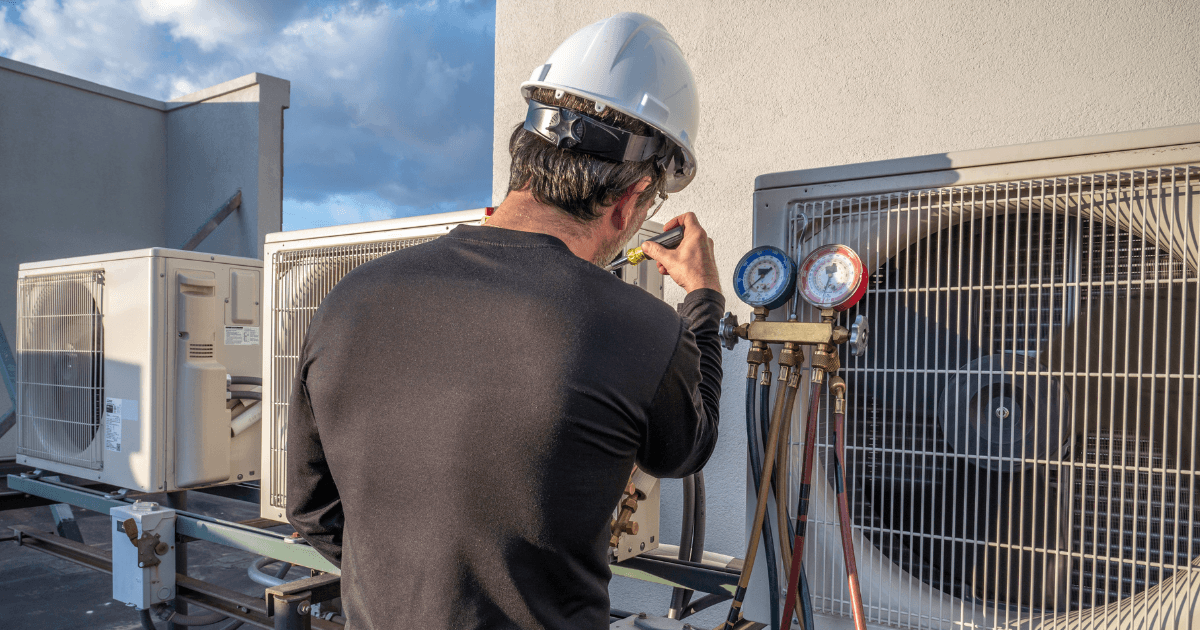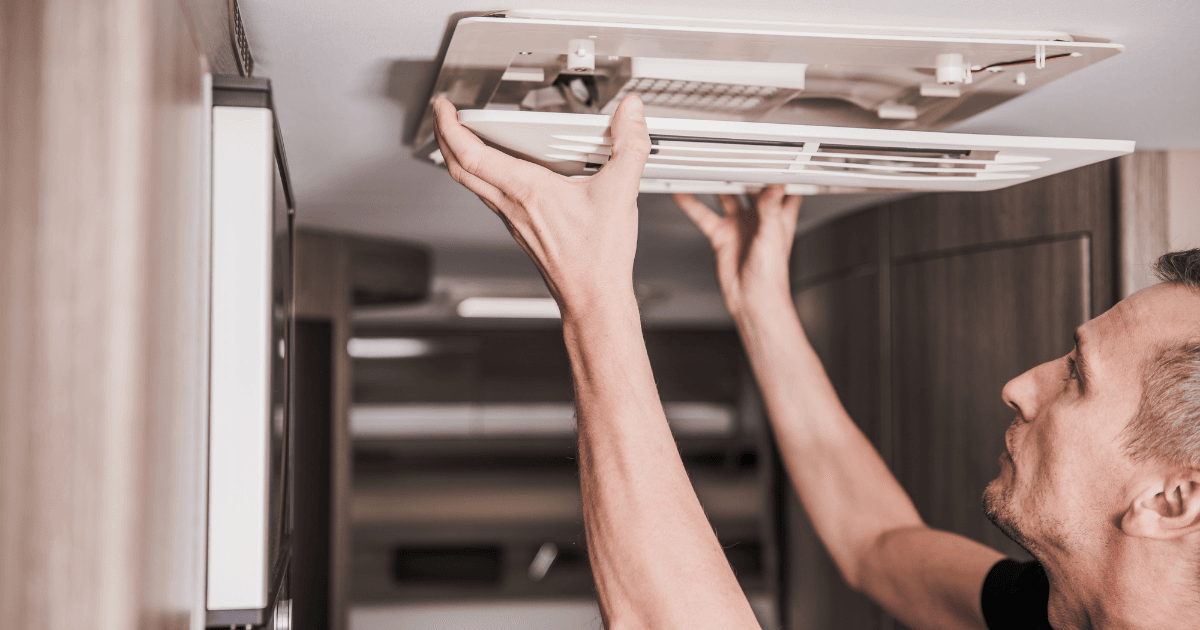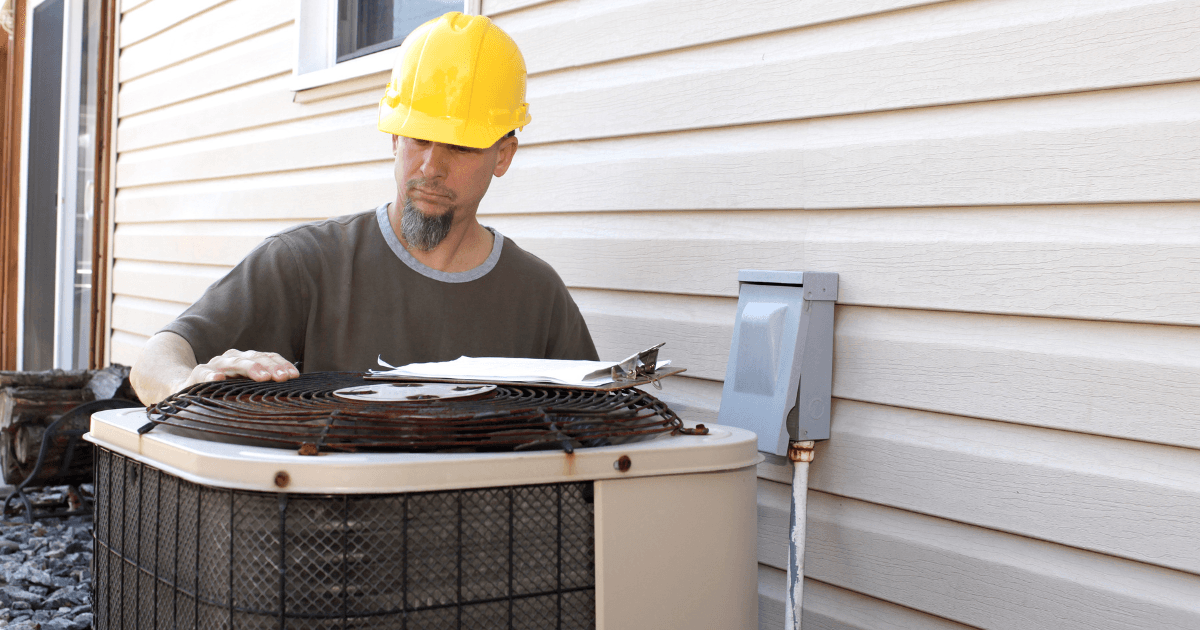In the Arizona desert, where temperatures regularly soar into triple digits, the air conditioner (AC) is not just a convenience—it’s essential. But with great usage comes great responsibility, especially for homeowners relying on their AC systems to provide comfort throughout the year. One often overlooked yet critical aspect of maintaining an AC unit’s efficiency and longevity is coil cleaning. In this article, we will break down the underlying mechanics of AC coils, deconstruct common misconceptions, and reveal why regular cleaning is imperative, especially in harsh environments like Arizona’s.
By using first principles thinking, we can look at the role of AC coils from their most basic function, understand why they become problematic when dirty, and explore forward-thinking ideas for maintenance that maximizes energy efficiency, cost savings, and system longevity.
Understanding the Fundamentals: The Role of AC Coils
At the heart of every AC system are two sets of coils: evaporator coils and condenser coils. Together, these components are the backbone of the cooling process. To understand why cleaning these coils is vital, we need to first look at their function:
- Evaporator Coils: Located inside your home, these coils absorb heat from indoor air. Refrigerant circulates through the evaporator coils, converting the heat into cool air. Any obstruction or dirt layer on these coils disrupts this process.
- Condenser Coils: These are positioned outside your home. Their job is to release the absorbed heat outside. In Arizona’s desert, where dust, sand, and particles are abundant, these outdoor coils are prone to rapid contamination, which significantly impacts performance.
The effectiveness of an AC system hinges on its ability to transfer heat efficiently. Dirty coils insulate the system, acting as a barrier to the heat exchange. At its core, this diminishes cooling effectiveness and forces the system to work harder, consuming more energy and wearing down essential components faster.
Deconstructing Misconceptions About Coil Maintenance
There is a pervasive belief among homeowners that an AC system that cools a house effectively doesn’t need frequent maintenance. However, this assumption ignores how gradual inefficiencies—often invisible to the homeowner—add up over time.
Common Misconceptions:
- “If it’s cooling, it’s working fine.”
While your home might feel cool, the coils could be working harder than necessary. A slight increase in energy consumption or longer cooling cycles might not be noticeable at first, but these are early warning signs that the coils are dirty. - “Arizona’s dry heat doesn’t affect my AC as much.”
In fact, Arizona’s dust storms (haboobs) introduce massive amounts of dust into outdoor air conditioners, leading to faster-than-normal dirt accumulation on condenser coils. The dry heat, combined with dust, means the system is more susceptible to inefficiencies.
Dirt acts as insulation. In its most basic form, heat transfer between air and refrigerant is slowed by dirt, which means the unit has to work harder to achieve the same cooling effect. This additional work increases energy consumption and accelerates wear and tear.
The Consequences of Dirty Coils in the Arizona Desert
Inefficiency and Increased Energy Costs
Arizona summers are brutal, and with AC units running nearly non-stop, a slight inefficiency can translate into huge energy bills. When coils are dirty, the system requires more energy to cool the same space, leading to a significant spike in electricity usage.
According to studies, dirty coils can reduce your AC system’s efficiency by up to 30%, meaning you are paying 30% more in energy costs for the same cooling effect.
System Wear and Tear
AC units are already under immense strain in desert climates. Dirty coils put additional stress on the system, causing longer run times, overheating, and in the worst cases, compressor failure—one of the most expensive repairs.
Shortened System Lifespan
With clean coils, an AC system can last up to 15-20 years. However, dirty coils contribute to early wear on crucial components, reducing that lifespan by several years, particularly in extreme climates like Arizona’s.
Environmental Impact
Inefficient AC units consume more energy, which not only affects your wallet but also has a broader impact on the environment. For eco-conscious homeowners, keeping coils clean means reducing your overall energy consumption and minimizing your carbon footprint.
The Unique Challenges of Arizona’s Climate on AC Systems
Arizona’s desert presents unique challenges for AC systems, particularly for the condenser coils. Haboobs—Arizona’s powerful dust storms—are notorious for rapidly coating outdoor units with dust and sand.
Dry Heat and Dust Storms
The intense, dry heat of the desert already forces AC systems to work harder. The added dust and debris from these storms quickly cover condenser coils, trapping heat and making the system less effective.
In dry climates, the lack of humidity means there’s no moisture to help naturally clean coils. This makes regular cleaning more necessary than in more humid regions where occasional rain might wash away some debris.
How Clean Coils Save You Money and Energy
Cost Savings from Efficiency
Clean coils allow the system to operate at peak efficiency, cooling your home faster and using less energy. This translates directly to lower electricity bills during the hot summer months, when AC use is at its peak. Regular coil maintenance is an upfront investment that saves significantly in the long run.
Prevention of Major Repairs
Dirty coils lead to overheating, which can cause compressor failure. A compressor replacement can cost upwards of $2,000 to $5,000, while regular coil cleaning costs significantly less and prevents such major repairs.
Proactive Maintenance Strategies for Arizona Homeowners
Given Arizona’s desert environment, frequent coil cleaning is essential. While homeowners can clean their coils themselves, the unique challenges of desert climates mean professional cleaning is often the best option for thorough maintenance.
DIY Coil Cleaning Tips:
- Turn off the AC system before cleaning.
- Use a soft brush or compressed air to clean off dirt and dust.
- For more stubborn dirt, use a commercially available coil cleaner.
- Avoid using high-pressure water, which can damage the coils.
Professional Coil Cleaning:
Arizona homeowners should consider professional cleanings at least twice a year—once before the summer heat begins and once after the monsoon season. Professionals use specialized equipment to ensure deeper cleaning that DIY methods can’t always achieve.
Conclusion: The First Principles of AC Coil Care in Arizona
When stripped down to its fundamental function, the air conditioning system is a heat exchanger. Anything that disrupts the transfer of heat—like dirt on the coils—compromises the system’s efficiency, leading to higher energy costs, greater wear, and a shorter system lifespan. In Arizona’s harsh desert climate, where dust and heat converge, clean coils are not just a recommendation—they’re essential for maintaining the performance and longevity of your AC unit.
By approaching AC coil care from a first-principles perspective, we see that it’s not just about preventing a breakdown, but about creating an environment where your system can operate at its best for years to come. Regular maintenance, both DIY and professional, will ensure that your system keeps you cool, efficient, and financially sound during the intense Arizona summers.





